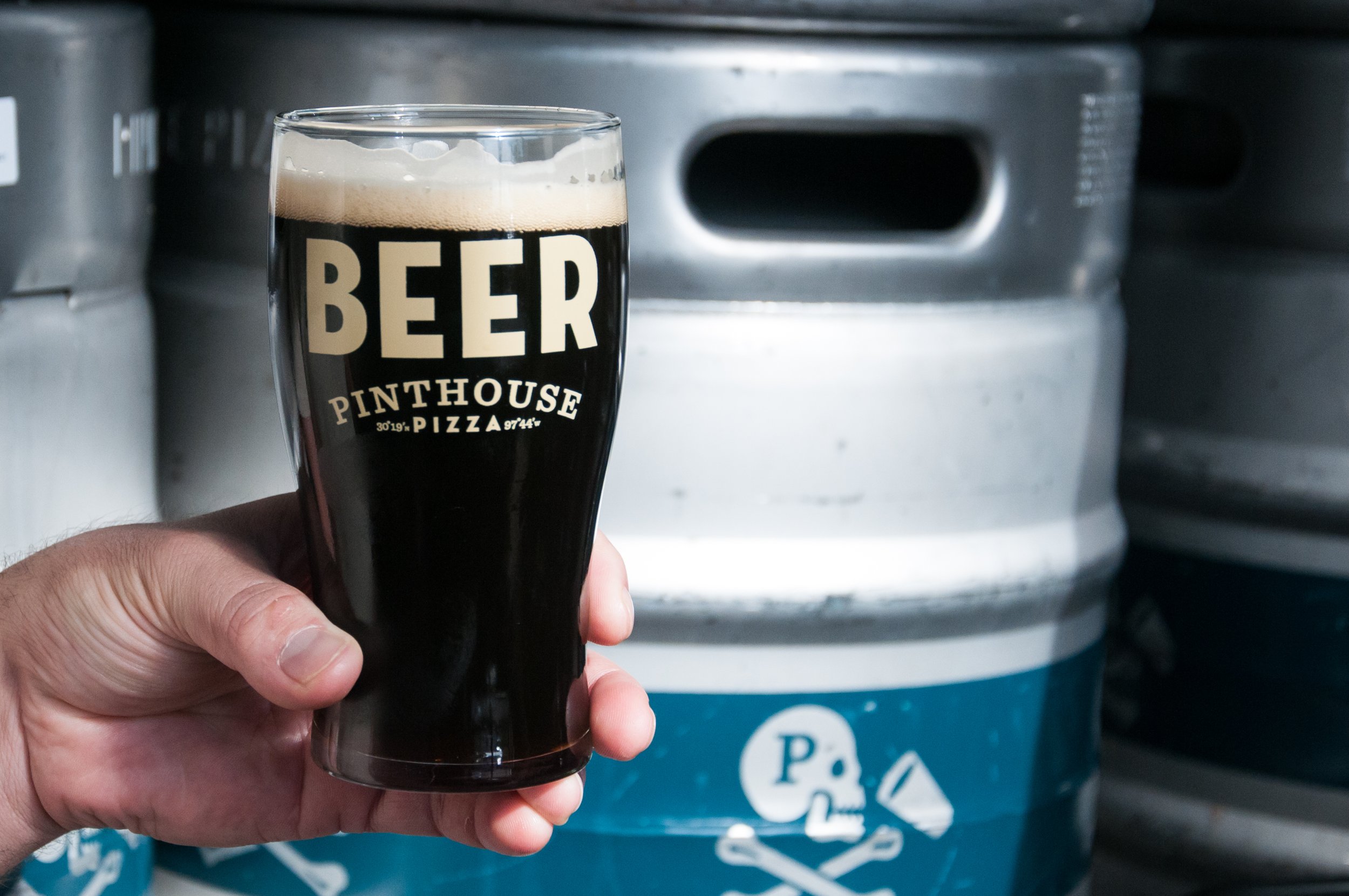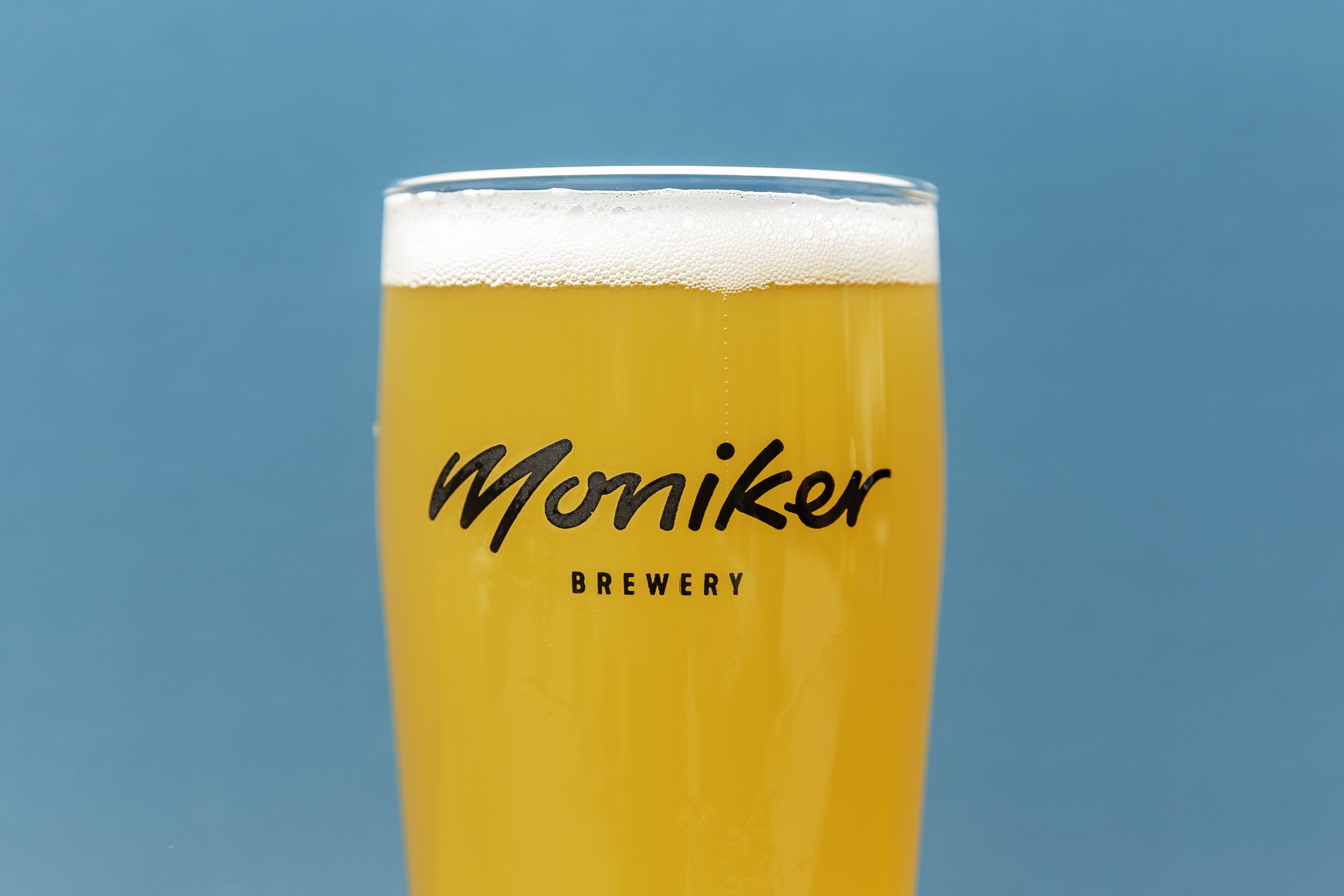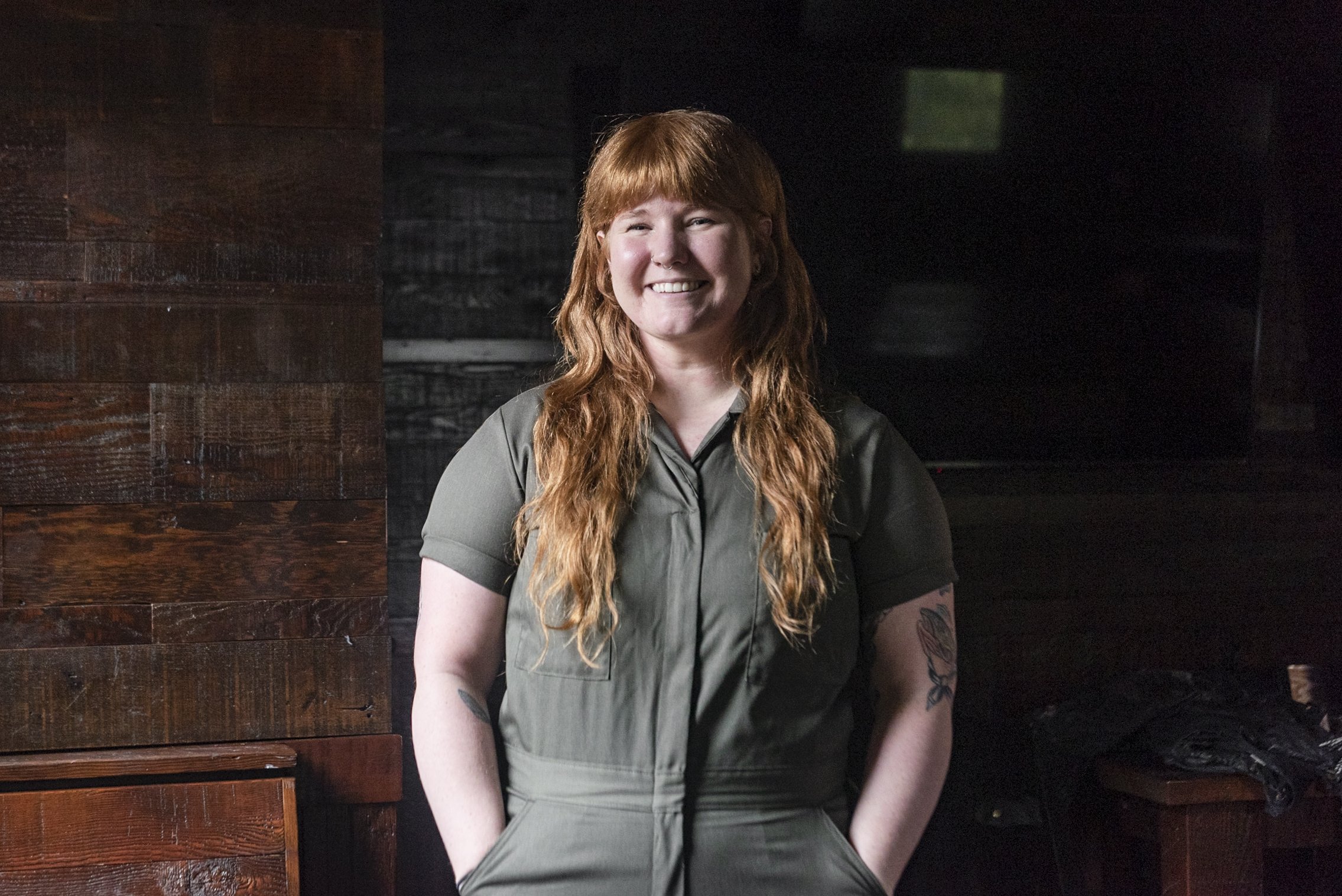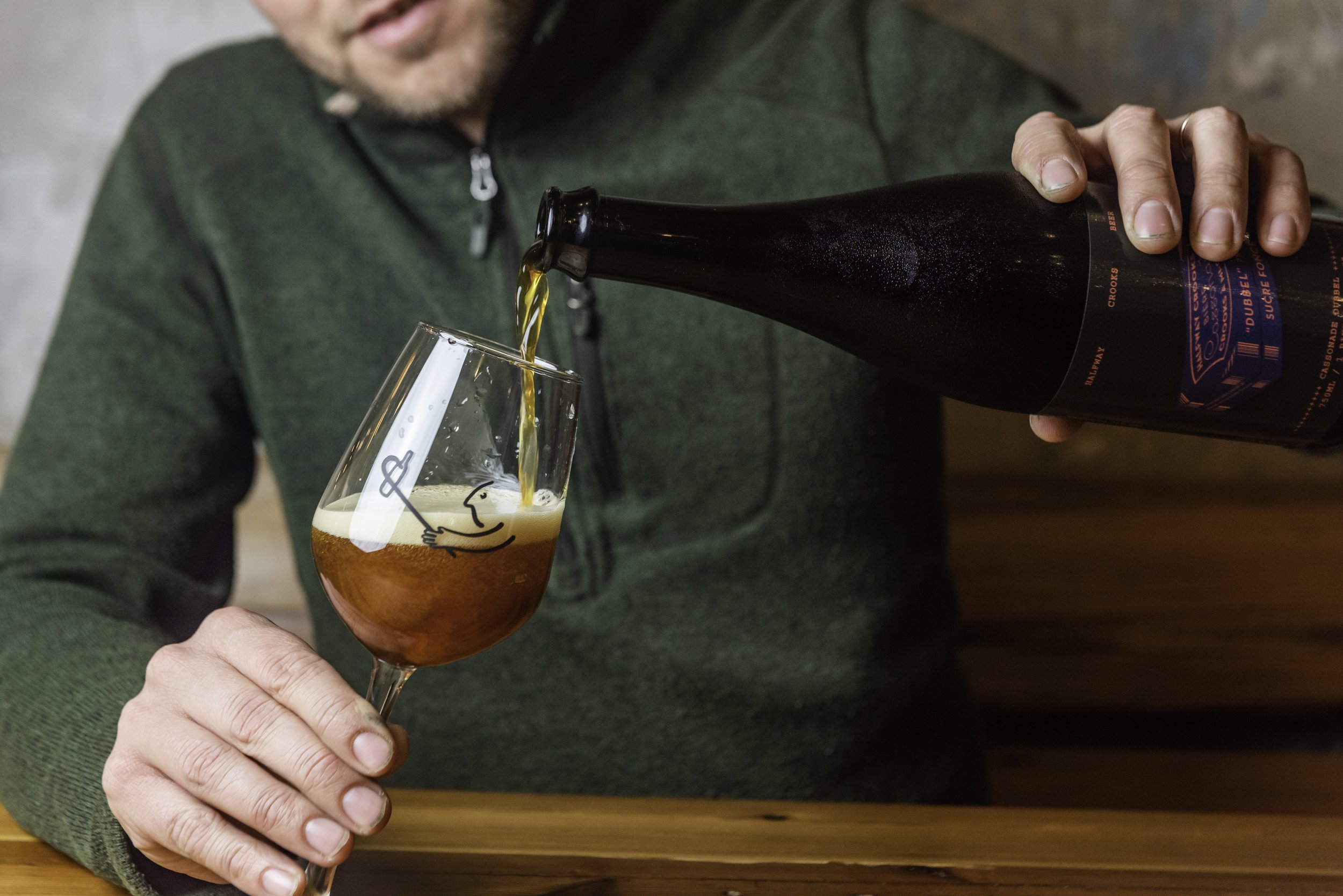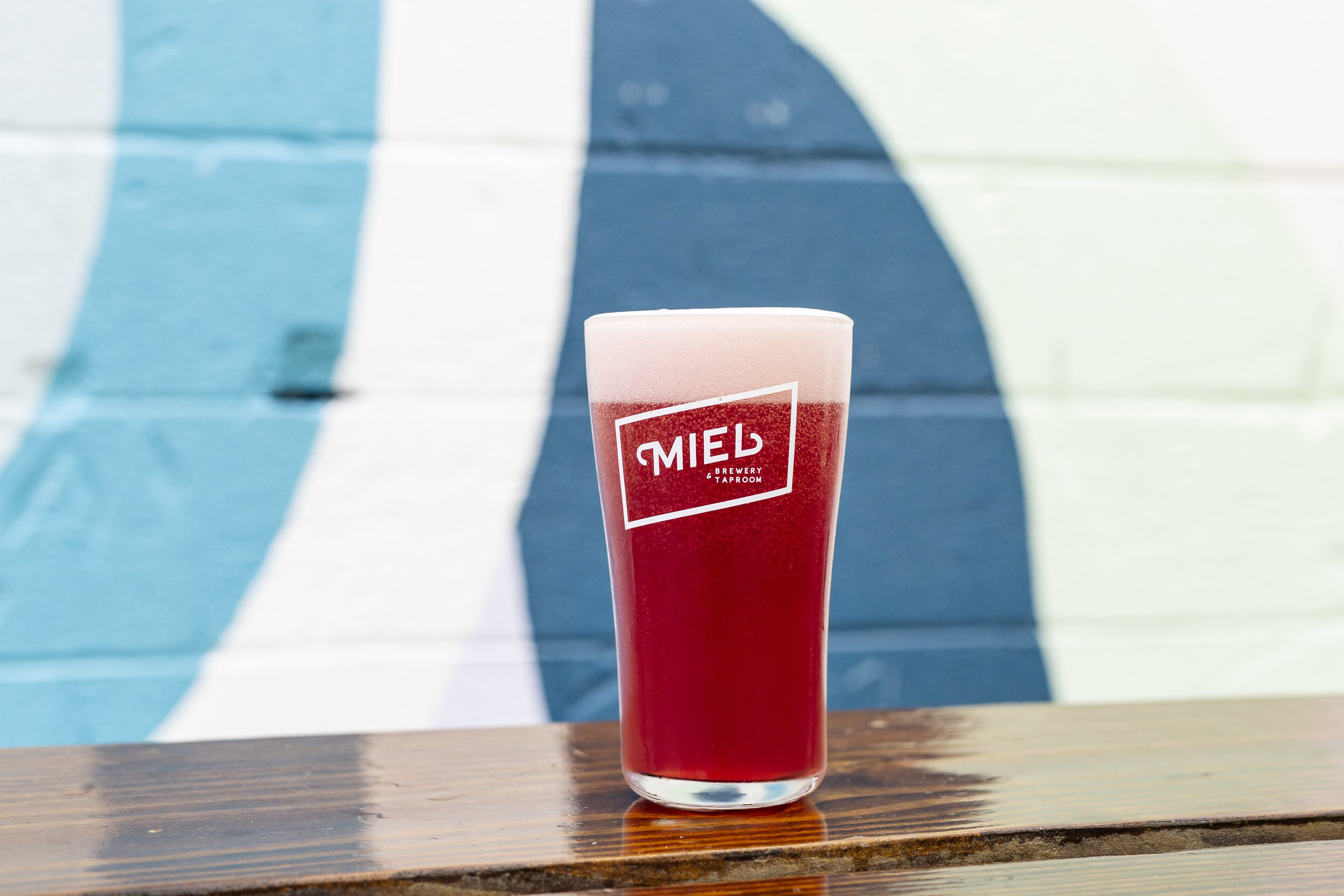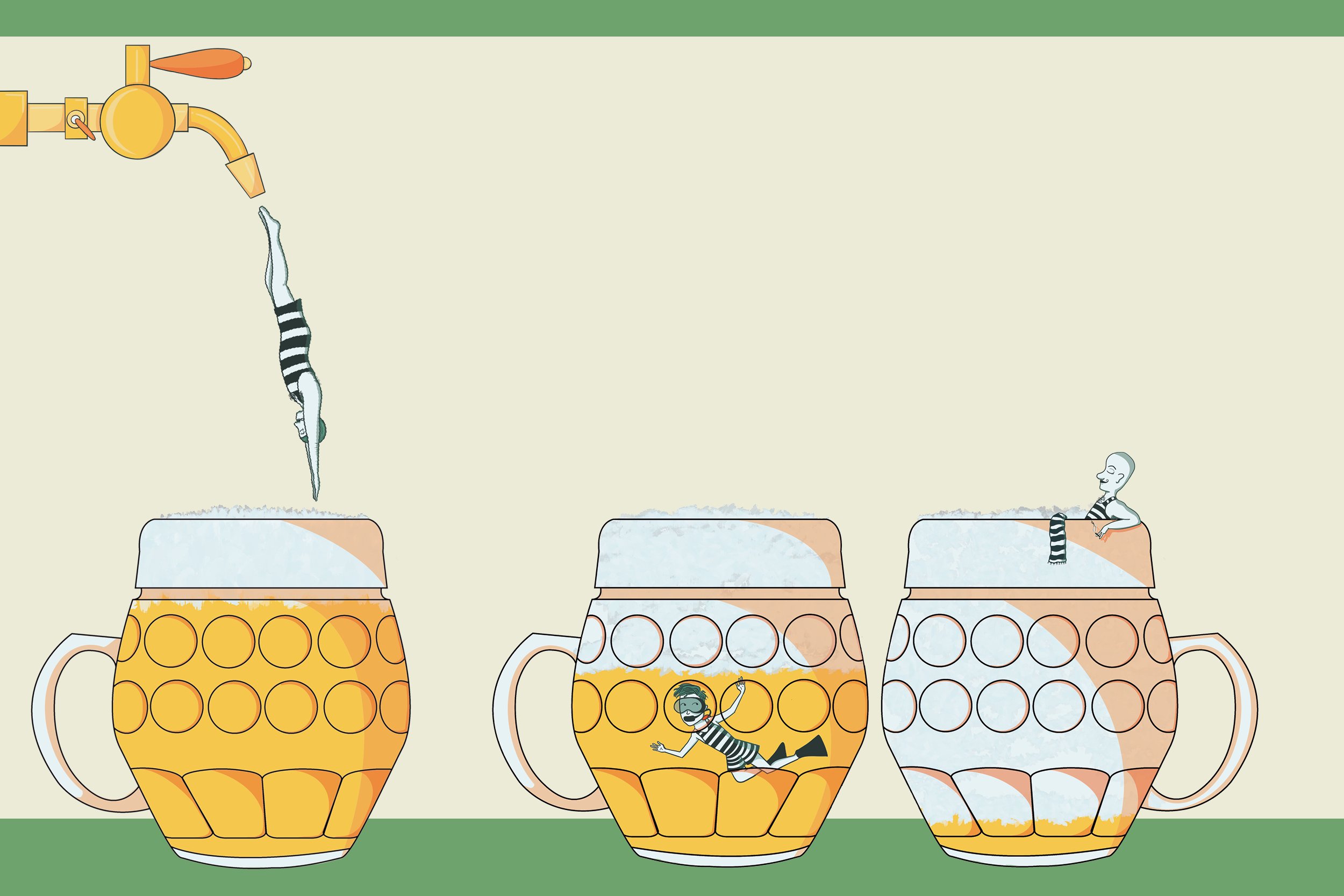Hop Star
Brewer Joe Mohrfeld of Austin's Pinthouse Pizza travels to Washington’s Yakima Valley each year, where the largest percentage of American hops originates.
Brewer Joe Mohrfeld likens selecting hops to wine grapes: the flavor profile of a single varietal of hops varies immensely based on where it’s grown—even within the same small region. That’s why he travels each year to Washington’s Yakima Valley, where a large percentage of American hops originate.
Mohrfeld fell in love with hops during his first Yakima harvest. At the time he was living in Colorado and
working for Odell Brewing Co., known for its hoppy quaffs. He experienced an immediate connection
with the crop and its expressive terroir. When Mohrfeld relocated to Austin, Texas, he noticed a lack of hoppy beers. He and his business partners launched Pinthouse Pizza to fill the niche. For Mohrfeld, hops are all about drinkability. “I like a beer that pairs with six more beers,” he says. This doesn’t mean that the beer shouldn’t grab your attention and keep you sipping to peel through its layers and dissect the nuances of flavor.
Mohrfeld’s hop star brews—Electric Jellyfish IPA, Hop Engine pale ale, Strange But Not Strangers New England IPA—aren’t your classic West Coast or East Coast styles. “For IPAs, we focus on flavor, aroma, and less bitterness,” he says. For other beers, the malt is his canvas, and he uses hops to layer on flavor.
Through his stint at Odell, Mohrfeld developed a relationship with Jason Perrault, CEO and Head Breeder of Washington’s Select Botanicals Group. Perrault cultivates a number of popular hops and has 25 at his disposal, plus experimental varietals. Contracts for varietals and amounts are drawn up with farmers years in advance, but Mohrfeld is on hand to select the actual plants in mid-September to early October. “When we test hops, they’re baled, so we break them up, and rub them to open up lupulin glands,” says Mohrfeld, referring to resin and oil filled pouches that give hops much of their character. He always selects blind, but generally ends up with hops harvested at the same time each year because they match the specific flavor profile he’s aiming for. Mosaic might have peach and blueberry notes when picked early, and notes of onion and garlic when it’s harvested late. The change in flavor may happen in a short 48-hour period.
The hops are dried and delivered to Pinthouse one to three months later, except for a small batch overnighted to Pinthouse so Mohrfeld can brew a single batch of fresh-hopped beer. Cheers, until next year.


